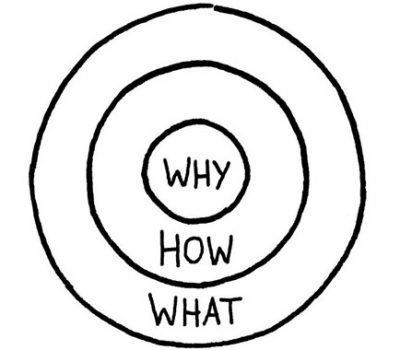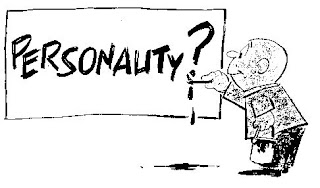
Well problem solving is an important component that we have to incorporate into our lessons and daily classroom routines. It's one thing to just know something, but it's a whole other matter when you have to actually take what you know and apply it so a situation. When looking at Bloom's taxonomy when you are problem solving you are focusing on the top three tiers of the pyramid that promotes higher orders of thinking.
You can promote problem solving in many different ways in the classroom. It Doesn't have to be a major assignment. It can be something as simple as having them come up with a solution to a situation using what they had learned in class. For instance, say you taught the students about deer and how they behave. Then you taught them different wildlife management techniques. You then can propose a question to them like this: Farmer Mary is having an issue with deer coming in and destroying her crops, you are a wildlife management specialist and she asked you to help her. What are some management techniques you may suggest to farmer Mary?

Whenever you have students problem solve and give them the autonomy to create a solution to a problem that you had proposed some won't admit it, but they'll feel good about coming up with an answer. Problem solving is such an important skill to have that if you find a student struggling with a problem, be sure not to be discouraging. Lead them in the correct direction without giving them the exact answer. Students in the end will feel accomplished after they solved a problem for themselves.
If all you're doing is asking simple lower level questions in your classroom then you aren't challenging your students to their full abilities. Part of our job is to create independent and critical thinkers. So, if you're not doing that make sure you ask yourself the question:
Hey problem solving.. where are you?

















